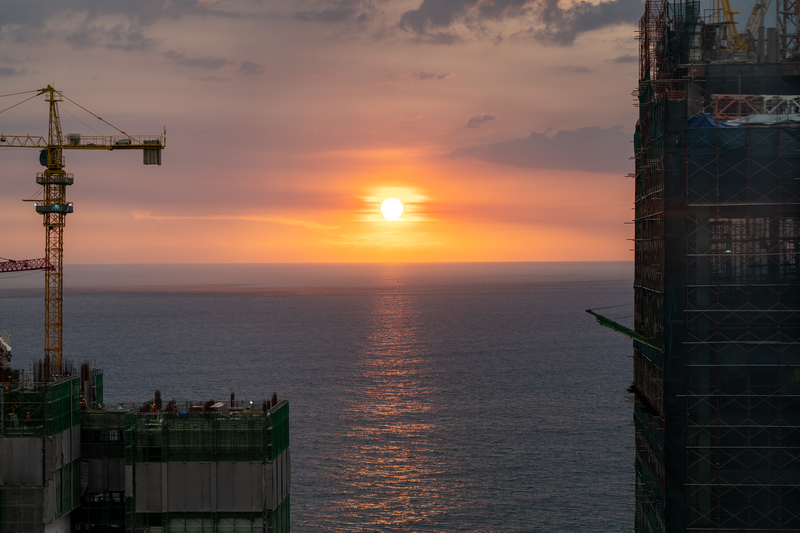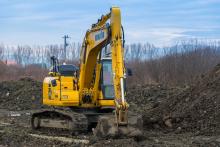
Data and analytics company GlobalData says the crisis has been triggered by acute shortage of foreign currency, ill-timed tax cuts, losses to tourism, fall in foreign workers’ remittances, shortages of food and fuel, and high foreign debt
Considering the current turmoil, GlobalData forecasts the Sri Lankan construction industry will contract by 4.6% in real terms in 2022 against the previous projection of 9.2% growth.
The outbreak of the COVID-19 pandemic exacerbated weakness in the tourism sector of Sri Lanka that had already been battered by the ‘Easter Sunday bombings’ in April 2019. The weakness in the sector – which is the third-largest source of foreign exchange – is expected to continue over the coming months, due to the ongoing Russia-Ukraine crisis, given that Russia is one of the largest tourism markets for Sri Lanka.
GlobalData analyst Pooja Dayanand comments: “The depleting foreign currency reserves, mounting debt, and the continuing weakness in Sri Lanka’s tourism sector are expected to limit the public spending on infrastructural projects this year. Besides the economic catastrophe, the country is also witnessing a troubled political environment. This is expected to further weigh on investor confidence, thereby further affecting the Sri Lankan construction industry’s output this year.”
The Sri Lankan construction industry, which is one of the biggest GDP contributors and employment generators in the country, is also facing significant headwinds due to the shortage of cement. The severe foreign exchange crisis has prompted the government to impose strict import control measures. This has led to the shortage of raw materials required to produce raw materials domestically.
Dayanand adds: “The Sri Lankan government’s decision to default on all its outstanding foreign debt could prevent a further deterioration of the country’s financial position. Although it had sought debt relief from India and China, both countries offered more credit lines to buy commodities. However, the government’s plan to seek financial assistance from the IMF and the World Bank, could provide economic aid to bounce back.”










